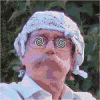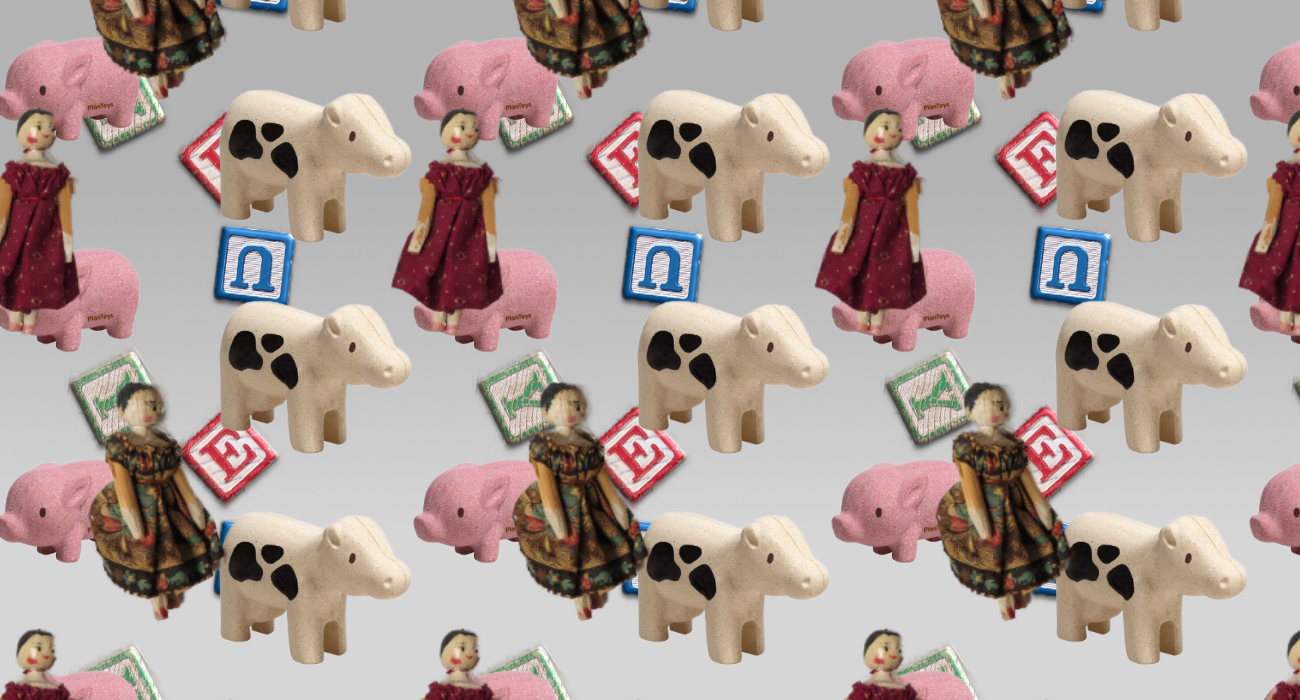Search the Community
Showing results for tags 'stereo'.
-
I came across a book from the 1990s of stereograms -- those weird patterns where if you crossed (or diverged) your eyes you would eventually see a solid three-dimensional image. Or not: some people could never manage it. But it made me think I might make something similar with APhoto layers. Here's a couple of fairly successful efforts. I created a pattern layer based on a rectangle of a particular width with images clipped inside, then another layer on top with a wider rectangle. A fair bit of trial and error was involved too! To view the effect, look at the image from a comfortable distance, then cross your eyes until two humbugs or dolls overlap. With a little practice, you'll find the details suddenly come into focus and you'll see three layers at different depths. (In fairness, I must admit that a few people never get the hang of it, so if it doesn't work for you, it's no fault of your own. But try again in an hour or tow, or a day or two: sometimes it's easier than others.)
-
I took my stereo Denon and recreated its amplifier with knobs, displays, legs, ports, LEDs, grills (that was the hardest) in Affinity Designer.
-
Facebook has introduced an app for dual-camera smart phones that creates a depth map from a pair of images and creates a 'solid' image with parallax; that is, as you tilt your device or move your mouse over the image objects move slightly to give an illusion of depth. I've been making 'static' stereo pairs for years, and I've made one or two so-called 2.5D videos, but I've been wondering if there's a fairly straightforward way to do something like the app does -- and without writing reams of code! I'm still putting my mind to the problem, but can anyone point me in the right direction and lighten the load? Here's an article that explains the techie stuff about the app: https://techcrunch.com/2018/06/07/how-facebooks-new-3d-photos-work/?guccounter=1 (This may be the wrong place for me to ask, so admin might want to move it to somewhere more appropriate.)
-
We visited Chatsworth House in Derbyshire Last month to see their Christmas makeover. The them was The Nutcracker (as in the ballet by Tchaikovsky). The light was very low, and I shot everything in RAW, which is a bit new to me. There's still a lot of noise I couldn't remove. The large "flat" photo is of the whole uncropped scene, while the smaller one is the stereo pair. This is set up in what's called "cross-eyes" stereo: the left-eye photo is on the right, and the right-eye photo on the left. If you're new to this, it might take a little while to get the hang of it (and some folks never do, so don't feel bad if it doesn't work!) Look at the centre white line and cross your eyes -- this will give you double vision -- and try to make the two images overlap till you see THREE images: the middle on will spring into glorious 3-D!
- 1 reply
-
- stereo
- cross eyes
-
(and 3 more)
Tagged with:









